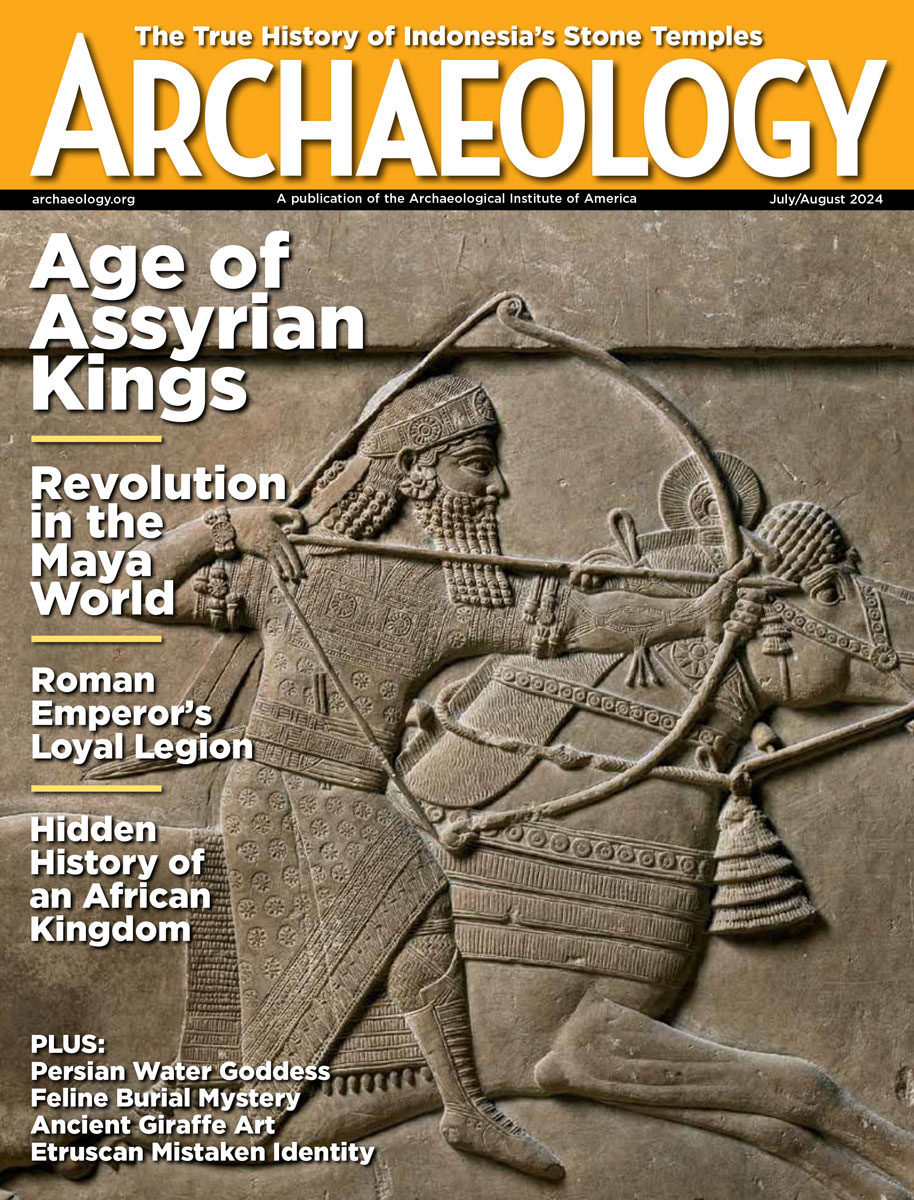Monday, September 8
September 8, 2008
The sleeping Buddha of Bamiyan has reportedly been found, according to an announcement made by Mohammad Zia Afshar, an adviser in Afghanistan’s information and culture ministry. The badly damaged statue is approximately 62 feet long.
Four skeletons have been discovered in underwater caves along the Caribbean coast of the Yucatán Peninsula, including one woman’s skeleton dated to 13,600 years old. “We believe these finds are the oldest yet to be found in the Americas and may influence our theories of how the first people arrived,” said Arturo Gonzáles, director of the Desert Museum in Saltillo, Mexico. Â
This article takes the national problem of looting, and focuses on what’s being done in the state of Georgia. “There’s a whole subculture that does this almost professionally, crazed collectors and criminals,” said Rick Kanaski, a regional archaeologist and historic preservation officer for the U.S. Fish & Wildlife Service. Â
The Vanishing Treasures program of the National Park Service cares for archaeological sites damaged by weather, vandalism, and pests. “What we’re really doing is prolonging their survival as long as we can, so people can see and learn from them,” said Jerry Rogers, former regional director for the Park Service. Â
This month marks the founding of the British New Smyrna settlement in Florida 240 years ago. Most of the colonists were from the island of Minorca. “I don’t think it was anything like they envisioned. Mosquitoes were as thick as a blanket. There were rattlesnakes. They were probably just one step above a slave,” said New Smyrna Beach resident Richard Newell, who has traced his roots back to those colonists. Â
In northern Iran, burials of young people and children found in a 1,500-year-old cemetery are said to be adorned with arranged nails that were not part of their coffins. Other artifacts from the graves included silver spoons and bracelets and beads. Â
This article on the phallic figurines and cemetery unearthed at Kfar HaHoresh offers more information on its unusual burials. “This is not a regular site,” said Avi Gopher of Tel Aviv University. Â
A surprise visitor made an appearance behind St. Peter’s Church in Minshull Vernon, in Cheshire, England, where more than 40 volunteers gathered to uncover a portion of a Roman road.
- Comments Off on Monday, September 8









